Suffolk County, New York
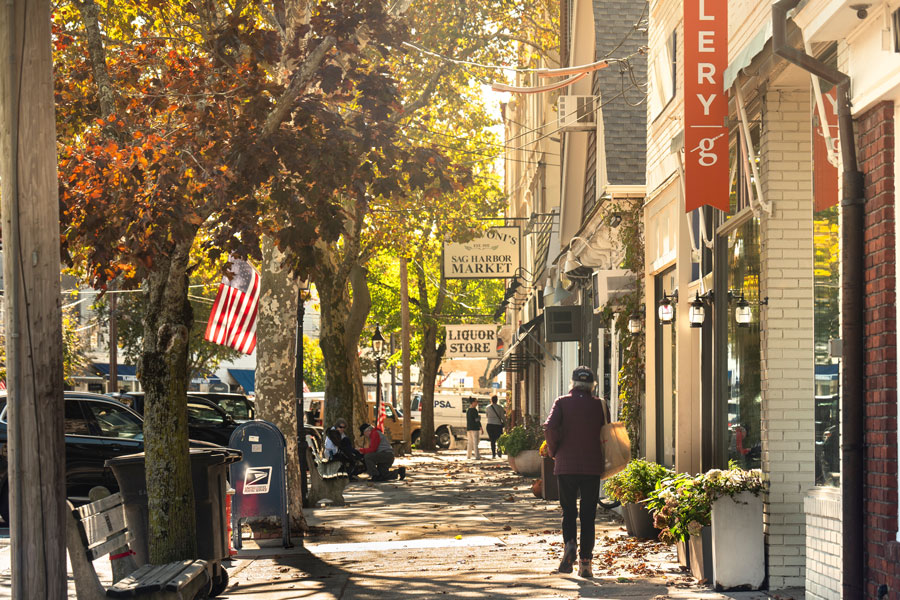
Suffolk County is the easternmost county in New York State, encompassing the eastern two-thirds of Long Island. It is the largest of Long Island’s four counties and the second-largest of New York’s 62 counties, stretching approximately 86 miles in length and 26 miles at its widest point. With a population of over 1.5 million residents, Suffolk County offers a blend of suburban communities, rural landscapes, and coastal towns, making it a unique and diverse region.
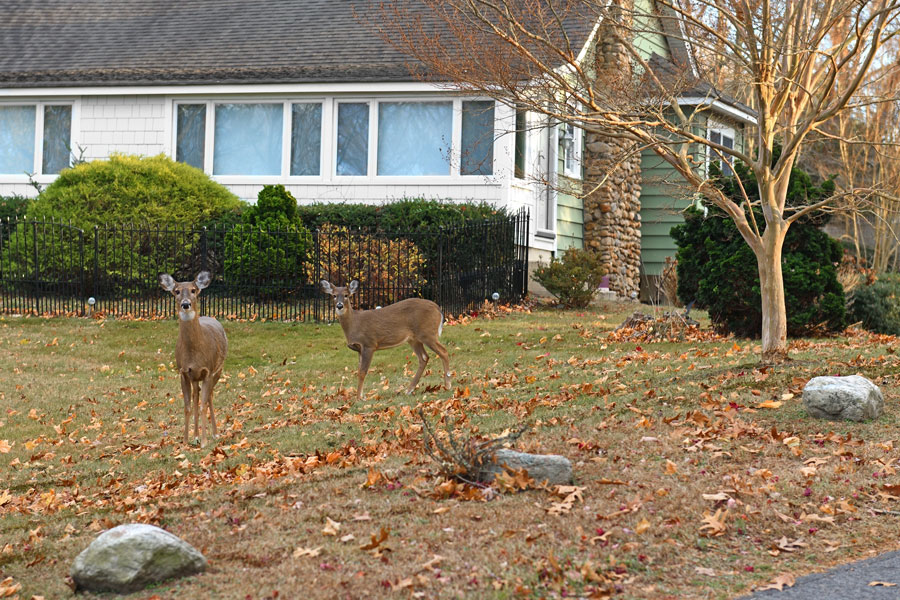
History
Established in 1683, Suffolk County was named after the county of Suffolk in England, reflecting the origins of its early settlers. During the American Revolutionary War, the county was occupied by British forces from 1776 until 1783. Over the centuries, Suffolk has evolved from a primarily agrarian society to a dynamic region known for its rich history, cultural landmarks, and economic growth.
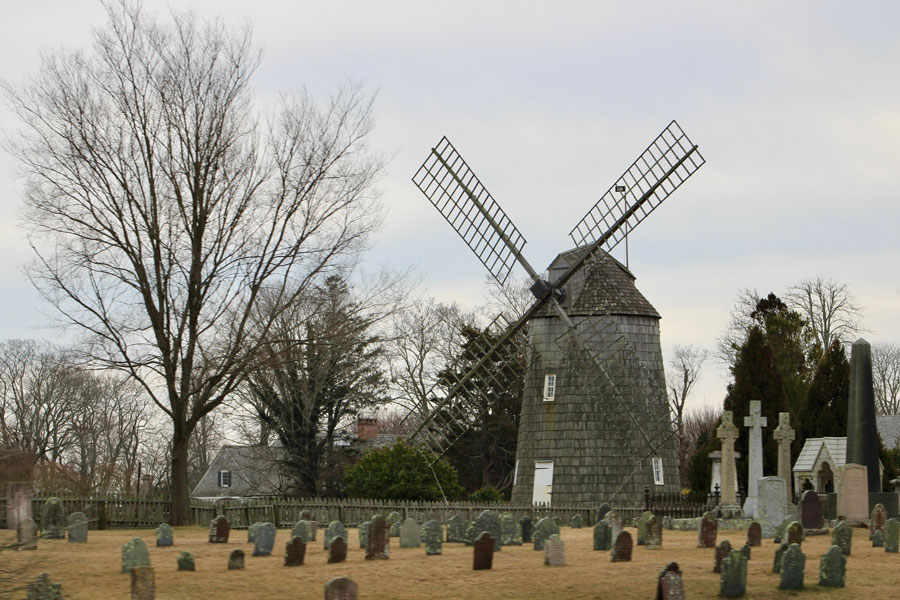
Geography
Suffolk County occupies the eastern portion of Long Island, bordered by Nassau County to the west, Long Island Sound to the north, the Atlantic Ocean to the south, and Block Island Sound to the east. The county features a diverse landscape of coastal lowlands, barrier islands, and inland forests. Notable geographical features include the Peconic Bay, Gardiners Bay, and the twin forks of the island, the North Fork and the South Fork, each offering distinct environments and communities.
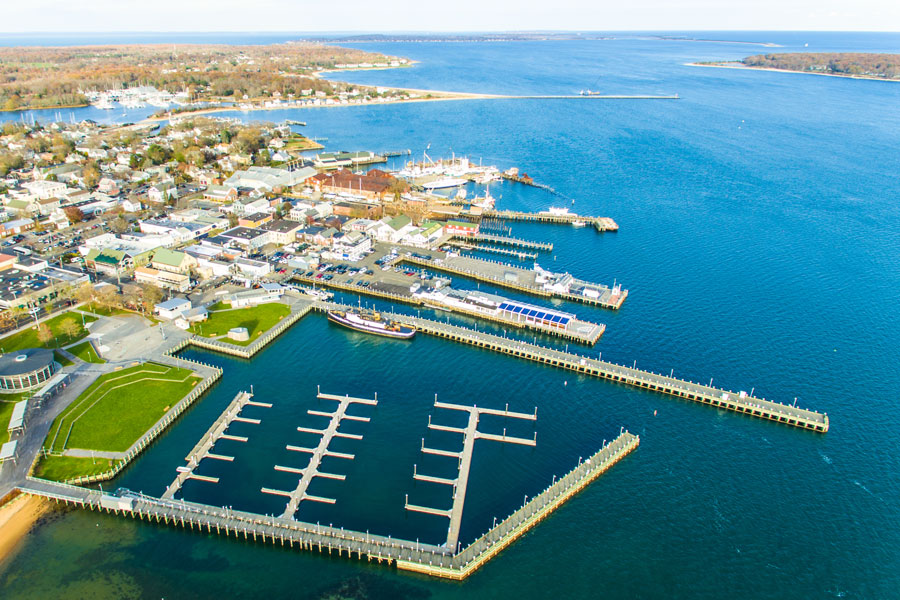
Demographics
The estimated 2025 population of Suffolk County, New York is approximately 1,542,820 residents, making it the fourth most populated county in the state. Multiple projections and analysis agree that population growth in Suffolk County has leveled off, with only slight increases over recent years. Suffolk County is notable for its diverse population and significant median income, which is around $128,329 in 2025. It continues to rank as one of the most populous counties in New York, just behind Queens, New York (Manhattan), and Kings (Brooklyn).

Economy
Suffolk County boasts a robust economy with a Gross Domestic Product (GDP) of approximately $131.77 billion in 2023. The median household income stands at $128,329, reflecting a strong economic base supported by sectors such as healthcare, education, technology, and tourism. The county’s economic development initiatives focus on sustainable growth, infrastructure improvements, and fostering innovation.
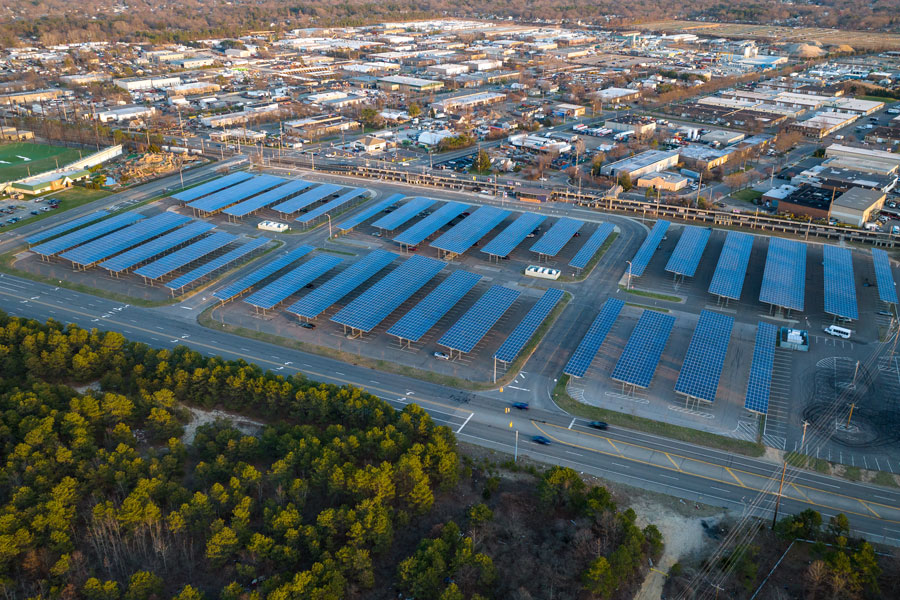
Transportation
Suffolk County offers a comprehensive transportation network to support its residents and visitors:
- Public Transit: Suffolk County Transit operates 25 fixed bus routes and 2 On-Demand zones, providing affordable and accessible transportation options throughout the county.
- Air Travel: Long Island MacArthur Airport (ISP), located in Ronkonkoma, serves as a regional hub with plans for significant upgrades to enhance connectivity and stimulate economic growth.
- Rail Services: The Long Island Rail Road (LIRR) offers commuter rail services connecting Suffolk County to New York City and other parts of Long Island.

Education
Suffolk County is home to a range of educational institutions, including public school districts and higher education facilities:
- Public Schools: The county encompasses numerous school districts, with a total student population of approximately 264,322 and a student-teacher ratio of 13.7.
- Higher Education: Institutions such as Stony Brook University, Suffolk County Community College, and Touro University provide diverse academic programs and contribute to the county’s educational excellence.

Government
Suffolk County operates under a county executive-legislature system. The legislative body consists of 18 members who oversee various aspects of county governance, including budgeting, public policy, and community services.
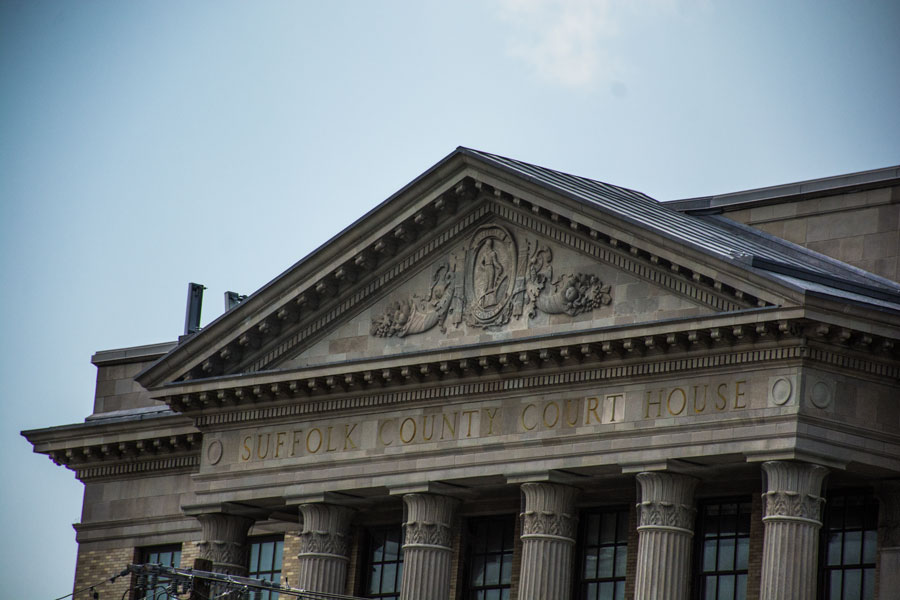
Attractions
Suffolk County offers a wealth of attractions that cater to diverse interests:
- Montauk Point Lighthouse: The oldest lighthouse in New York State, offering panoramic views and historical exhibits.
- Fire Island National Seashore: A protected area featuring pristine beaches, maritime forests, and unique wildlife.
- Long Island Aquarium: Located in Riverhead, this facility showcases marine life exhibits and interactive experiences.
- North Fork Wine Country: Renowned for its vineyards and wineries, offering tastings and scenic tours.
- The Hamptons: A collection of upscale seaside communities known for their beaches, cultural events, and historic sites.
Overall, Suffolk County stands as a dynamic region that blends historical significance, economic vitality, and natural beauty. Its diverse communities, educational institutions, and recreational opportunities make it an attractive destination for residents and visitors alike. Whether exploring its coastal towns, engaging in cultural activities, or enjoying its scenic landscapes, Suffolk County offers a rich and fulfilling experience.

